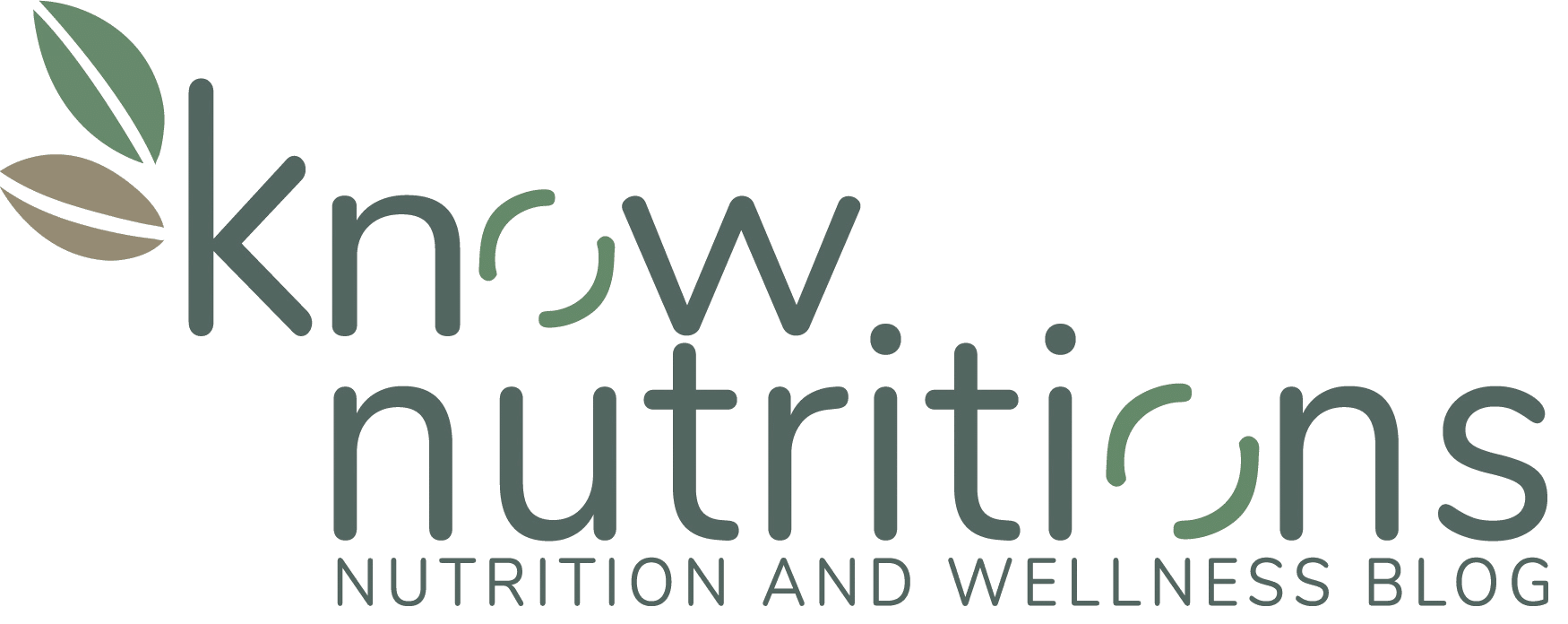Many women strive to build muscle, but the process can be challenging. Understanding the common mistakes that hinder female muscle growth is crucial for optimizing training and nutrition strategies. This blog will explore ten prevalent mistakes women make in their muscle-building Journey, backed by statistics and expert insights.
Understanding Female Muscle Growth
Before delving into the mistakes, it’s essential to comprehend how female muscle growth differs from male muscle growth. Women can achieve significant muscle gains, but they often face unique challenges due to hormonal differences, societal expectations, and misconceptions about strength training.
The Science Behind Female Muscle Growth
Research indicates that women can gain muscle at rates comparable to men when engaging in resistance training. A study showed that women have a higher rate of muscle protein synthesis when body mass is equal between genders, which means they can build strength effectively. Additionally, women typically require about 12% body fat to maintain hormonal balance, while men need only about 3%
Stepping into Typical Errors:
As we dive deeper into female muscle growth mistakes, it’s essential to understand how lifestyle choices and mindset can also play significant roles in your progress.
Not Lifting Heavy Enough
Many women shy away from lifting heavy weights because they fear they will make them appear bulky. This fear often leads to a significant mistake: not challenging their muscles with sufficient weight. The reality is that lifting heavier weights is essential for stimulating female muscle growth and achieving the desired results.
To stimulate growth effectively, you must push your muscles to fatigue. Lifting lighter weights for high repetitions may not provide the necessary stimulus for hypertrophy. Research shows that heavier lifting leads to more significant strength gains and hypertrophy, making it crucial for women to incorporate heavier weights into their training. Gradually increasing weights that allow you to perform 8-12 repetitions per set with good form is a wise approach; increase the weights as you become stronger.
Incorporating compound movements such as squats, deadlifts, and bench presses into your routine can also enhance your ability to lift heavier weights effectively. These exercises simultaneously engage multiple muscle groups, promoting overall strength development and ensuring that you maximize your potential for female muscle growth.
Overemphasis on Cardio
While cardiovascular exercise benefits growth, heart health, and fat loss, excessive cardio can significantly hinder female muscle growth. Many women mistakenly prioritize cardio over strength training, mistakenly believing that this approach will help them achieve a leaner physique. However, this approach can lead to unintended consequences.
Too much cardio can lead to muscle loss, especially if you are not consuming enough calories to support your activity level. Aim for a routine with strength training and moderate cardio sessions to find balance. Limiting cardio sessions to 2-3 times per week allows you to preserve muscle mass while enjoying cardiovascular exercise’s benefits. High-intensity interval training (HIIT) can also effectively burn fat without compromising your hard-earned muscle.
Moreover, focusing on shorter bursts of intense activity rather than long-duration cardio can help maintain muscle mass while improving cardiovascular fitness. This strategy allows you to work efficiently towards your fitness goals without sacrificing your progress in building lean muscle.
Inadequate Protein Intake
Protein is vital for muscle repair and growth, yet many women underestimate their protein needs. This can significantly affect their progress toward female muscle growth. Insufficient protein intake can lead to slower recovery times and hinder overall performance in the gym.
Aim for at least 0.6 to 0.8 grams of protein per pound of body weight daily to support muscle repair and growth effectively. This means if you weigh 150 pounds, you should consume between 90 and 120 grams of protein daily. Including various protein sources such as lean meats, fish, dairy products, legumes, and plant-based proteins will help you meet your daily requirements more efficiently.
Additionally, consider the timing of your protein intake throughout the day. Distributing your protein intake evenly across meals can maximize muscle protein synthesis and enhance recovery after workouts. Consuming protein-rich foods within 30 minutes of exercise can further support recovery and promote optimal female muscle growth.
| Protein Source | Serving Size | Protein Content |
| Chicken Breast | 3 oz | 26 grams |
| Greek Yogurt | 1 cup | 20 grams |
| Lentils | 1 cup (cooked) | 18 grams |
| Eggs | 1 large | 6 grams |
| Quinoa | 1 cup (cooked) | 8 grams |
Neglecting Recovery Time
Recovery is just as crucial as training when building muscle; however, many women do not allow sufficient time for their muscles to recover after intense workouts. This oversight can lead to fatigue and diminished performance in subsequent sessions. Muscles need time to repair after intense workouts; without adequate recovery time, you risk injury and overtraining. Signs of overtraining include persistent fatigue, decreased performance levels, and prolonged soreness after workouts. Listening to your body is essential; if you’re feeling excessively tired or sore, it may be time to incorporate additional rest days into your routine.
Incorporating active recovery methods such as yoga or light stretching can also help. These methods keep you engaged in physical activity without placing additional strain on your muscles. Prioritizing sleep is another critical aspect of recovery; aim for at least 7-9 hours of quality sleep each night to support overall health and female muscle growth.
| Recovery Strategy | Description |
| Active Recovery | Engage in light activities like walking or yoga |
| Sleep | Aim for at least 7-9 hours per night |
| Hydration | Maintain adequate fluid intake |
| Nutrition | Focus on post-workout meals rich in protein |
| Rest Days | Incorporate at least one full rest day weekly |
Follow Inconsistent Training Programs
Inconsistency in training can stall progress significantly; many women switch routines frequently without giving their bodies time to adapt thoroughly. This inconsistency often leads to frustration when results do not meet expectations. To create a consistent routine that promotes female muscle growth, follow a structured program targeting all major muscle groups at least twice a week. Tracking your workouts helps monitor progress and ensures you’re applying progressive overload—gradually increasing weights or repetitions over time.
A sample weekly routine might include upper-body strength training on Mondays, lower-body strength on Tuesdays, cardio or active recovery on Wednesdays, full-body strength on Thursdays, cardio on Fridays, flexibility or yoga on Saturdays, and rest on Sundays. This balanced approach allows ample time for recovery while ensuring all significant muscles are engaged regularly.
| Day | Focus |
| Monday | Upper Body Strength |
| Tuesday | Lower Body Strength |
| Wednesday | Cardio/Active Recovery |
| Thursday | Full Body Strength |
| Friday | Cardio |
| Saturday | Flexibility/Yoga |
| Sunday | Rest |
Skipping Strength Training for “Toning” Exercises
Many women focus on high-repetition, low-weight exercises to achieve a “toned” appearance instead of building real strength through effective resistance training programs designed for female muscle growth.
The concept of “toning” often leads women to believe they should avoid heavy lifting altogether. However, accurate toning comes from building lean muscle mass rather than focusing on lighter weights with higher repetitions. To maximize results, compound movements like squats, deadlifts, bench presses, and rows should be prioritized over isolation exercises. Incorporating these compound movements into your workout routine engages multiple muscle groups simultaneously. It promotes more significant strength gains overall—essential components for achieving a well-defined physique without unnecessary bulkiness.
| Exercise | Target Muscle Groups |
| Squats | Quadriceps, Hamstrings |
| Deadlifts | Hamstrings, Glutes |
| Bench Press | Chest, Shoulders |
| Bent-over Rows | Back |
| Pull-Ups | Back, Biceps |
Ignoring Nutrition Timing
Your meals’ timing can significantly impact your performance and recovery during workouts. However, many women overlook this vital aspect of their nutrition strategy when pursuing female muscle growth. Pre-workout nutrition plays a critical role in fueling your workouts effectively. Consuming a balanced meal with carbohydrates and protein about one to two hours before exercising helps ensure you have adequate energy levels during training sessions. Foods like oatmeal with fruit or Greek yogurt with nuts make excellent pre-workout options.
Post-workout nutrition is equally important. Refueling with protein-rich foods within 30 minutes of your workout enhances recovery by providing the necessary nutrients to repair damaged muscles. Options like grilled chicken with quinoa or a protein shake with fruit are ideal for optimal post-workout recovery.
Having Unrealistic Expectations
Many women expect rapid results when starting their fitness Journey. This mindset often leads to frustration when progress stalls or does not meet expectations regarding female muscle growth. Muscle building takes time, and aiming for gradual progress rather than instant results is essential for maintaining motivation throughout your Journey toward improved fitness levels and physique changes. Setting realistic goals based on personal capabilities rather than comparing yourself against others will help sustain long-term motivation and commitment.
Celebrating small wins along the way—such as increased strength or improved endurance—can provide positive reinforcement during challenging periods when visible changes may seem slow or minimal at first glance.
Neglecting Hydration
Staying hydrated is vital for overall health and performance but is often overlooked by many women pursuing fitness goals related to female muscle growth. Adequate hydration supports numerous bodily functions, including digestion, nutrient absorption, and physical performance during workouts; therefore, it’s essential to prioritize water intake throughout each day actively! Aim for at least six to eight glasses (or more, depending on activity level) daily while monitoring signs indicating potential dehydration, such as fatigue, dizziness, dry mouth, dark urine, etc., which may signal inadequate fluid consumption!
Drinking water before and after exercise helps maintain optimal performance levels while preventing dehydration-related fatigue. Hydrating fruits and vegetables into meal snacks also meets daily hydration needs!
Comparing Yourself to Others
Social media often presents unrealistic fitness standards, leading women down paths filled with negative self-comparisons against others who appear more physically successful! This tendency distracts from personal journeys focused solely upon individual progress toward achieving specific goals related to enhancing female muscle growth.
Focusing solely on one’s unique Journey rather than comparing oneself to others fosters healthier mindsets centered around self-improvement rather than discouragement stemming from perceived shortcomings relative to others’ achievements! Surrounding oneself with supportive communities encourages positive reinforcement while providing the motivation necessary during challenging moments encountered along any fitness Journey!
Final Takeaway
Building muscle as a woman requires dedication and understanding common pitfalls that can hinder progress toward achieving desired fitness outcomes! By avoiding these mistakes—such as not lifting heavy enough and neglecting recovery—you’ll enhance your Journey toward realizing those goals associated directly with successful female muscle growth!
FAQs
What are the best exercises for female muscle growth?
The best exercises include compound movements such as squats, deadlifts, bench presses rows since they work multiple groups simultaneously, promoting more significant overall strength gains!
How much protein should I consume daily?
Aim for at least 0.6–0.8 grams per pound of body weight daily to support the effective repair processes necessary during intense physical activity!
Can I build muscle without gaining weight?
Yes, building lean mass while maintaining weight is possible by focusing primarily on resistance training and appropriate nutritional strategies!
How often should I train each major group?
Aim to train each major group at least twice weekly, with adequate rest days between sessions. This will ensure optimal recovery and promote healthy development!
Is it normal for my weight to fluctuate while building?
Yes! Fluctuations ares common due to changing gets water retention increased mass focus instead upon composition rather than scale numbers alone!










